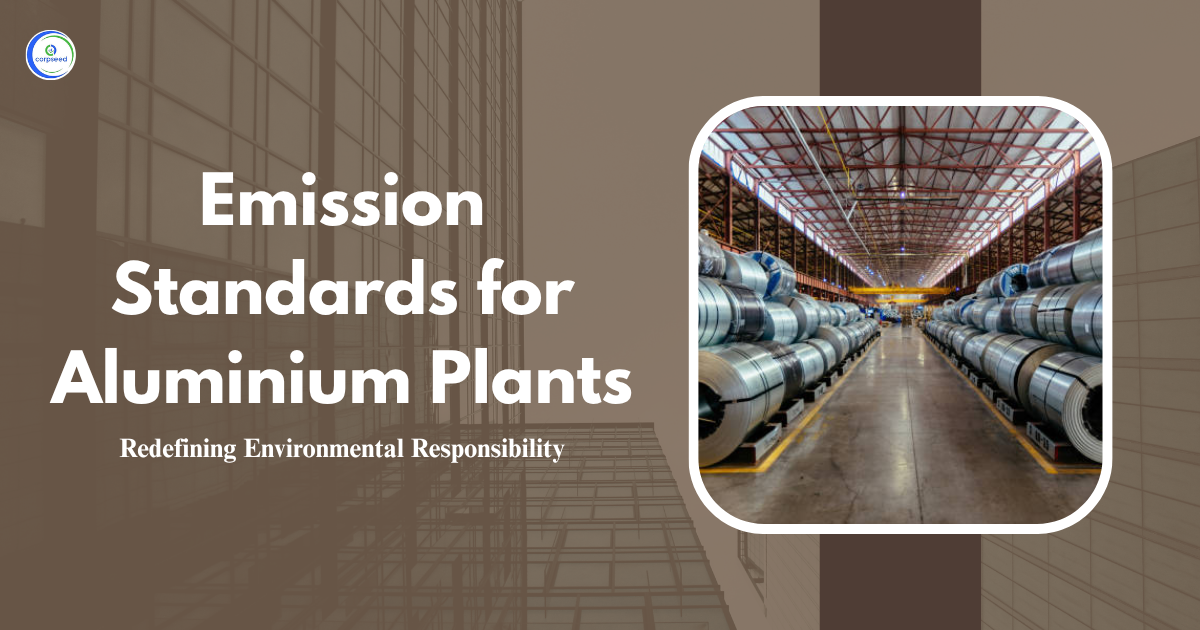The starch industry plays an important role in an agriculture-based economy, which generates starch from corn and other raw materials. However, this industry produces pollutants that must be carefully controlled to safeguard the environment. Understanding emissions and emission standards is vital for sustainable operation.
Table of Contents
Understanding the Environmental Protection Rules, 1986
The Environmental Protection Act of 1986, imposed by the Central Pollution Control Board (CPCB) and the relevant State Pollution Control Boards (SPCBs), is the cornerstone of pollution control in India. It orders industries, including starch processing units, to comply with prescribed limits for emissions and discharges. The rules aim to reduce the discharge of harmful substances into water reservoirs, air and soil, ensuring that industrial development does not come at the cost of environmental health. The key criteria are biochemical oxygen demand (BOD), suspended solids, pH, and permissible limits for wastewater discharge, with conditions being local environmental sensitivity and water quality.
Environmental Pollutants from the Starch Industry
The starch industry primarily emits waste containing organic matter, solids and nutrients such as nitrates. The major pollutants consist of:
- Biochemical Oxygen Demand (BOD): Organic pollutants from starch processing increase oxygen demand in water bodies, impacting aquatic life.
- Suspended Solids: These include solid waste particles that cause turbidity and sedimentation in water bodies.
- Nutrients (Nitrates): Excessive nitrates can lead to eutrophication in freshwater sources.
- pH Variations: Discharges must maintain neutral pH levels to avoid affecting aquatic ecosystems.
- Wastewater: High volume wastewater discharge can affect water availability and quality downstream.
--------------Blog Contact Form-------------
Benefits of Emission Standards
Implementing emission standards in the starch industry provides several environmental and operational benefits. These standards support sustainable industrial growth by controlling pollution, protecting ecosystems, and ensuring water quality remains within safe limits. Some of its key benefits include:
- Protects Aquatic Ecosystems: By strictly controlling parameters like BOD and suspended solids content, emission principles help keep aquatic life safe. This reduces dissolved oxygen depletion in aquatic reservoirs, ensuring healthy ecosystems and the conservation of biodiversity.
- Improves Public Health: Controlling harmful pollutants in industrial effluents minimizes pollution of drinking water sources. It directly prevents the spread of water-borne diseases and safeguards communities that rely on natural water resources for daily use.
- Ensures Regulatory Compliance: Compliance to CPCB or SPCB emission principles helps industries avoid legal fines and shutdowns. Compliance determines responsible industrial practices and guarantees consistent operations aligned with environmental rules.
- Promotes Sustainable Water Use: Discharge standards control the quantity and quality of wastewater discharges, boosting efficient water management within starch processing plants. It minimizes water consumption and prevents over extraction of freshwater resources.
- Enhances Industry Reputation: Industries that follow strict environmental standards build trust with stakeholders including consumers and regulatory bodies. Environmentally responsible practices enhance brand value and promote long-term business sustainability.
Starch Industry Emission Standards
The emission and discharge standards for the starch industry, mainly maize-based starch processing, are defined as follows:
- pH: Effluent pH must be maintained between 6.5 and 8.5.
- BOD (3 days at 27°C): The concentration should not exceed 150 mg/l. However, this may be made more stringent or flexible depending on the receiving water body's nature:
- Up to 30 mg/l if the recipient is a source of drinking water.
- Up to 350 mg/l if discharged onto land treated as a secondary treatment system, with additional monitoring of nitrates.
- Up to 350 mg/l for discharge into town sewers connected to secondary biological treatment plants.
- Suspended Solids: Maximum permissible concentration is 150 mg/l for direct discharge, with allowances up to 450 mg/l if discharged into town sewers connected to biological treatment.
- Wastewater Discharge: Should not exceed 8 cubic meters per tonne of maize processed.
Note- that if sludge bulking occurs, immediate notification to the respective SPCB is mandatory for remedial action.
Control Methods for Managing Industrial Emissions
To comply with environmental regulations and minimize pollution, starch manufacturing units must implement effective control technologies and enhancements in processes. Investing in these methods increases compliance and reduces the environmental impact of starch manufacturing processes. Some broadly used methods include:
- Effluent Treatment Plants (ETPs): It is designed to remove organic matter, solids and nutrients from wastewater before it is discharged.
- Secondary Biological Treatment: Using aerobic or anaerobic microorganisms to treat waste, reducing BOD and nitrate content.
- Zero Liquid Discharge (ZLD) Systems: Advance setups that recycle and reuse treated water, eliminating any discharged matter.
- pH Neutralization Systems: Used to regulate acidic or alkaline discharges within permissible range of pH.
- Monitoring Equipment: Automated system for real-time tracking of water quality parameters such as BOD, TSS, and pH.
Also Read: What are the Standards for Emission or Discharge of Environmental Pollutants for Calcium Carbide
Monitoring and Reporting
Continuous and systematic monitoring of emission standards is necessary for regulatory compliance and environmental protection. The starch industry needs to regularly check important parameters like pH, BOD, suspended solids, and number of nitrates. Precise and timely reporting to CPCB or SPCB authorities ensures transparency and permits early exposure of any deviation from prescribed limits. This empowers immediate implementation of corrective measures to prevent environmental damage. Advanced wastewater treatment technologies, comprising secondary biological treatment systems, are highly motivated to efficiently meet and surpass severe emission standards.
Conclusion
For the sustainable and responsible development of the starch industry, strict adherence to emissions and emission standards is essential. Compliance with CPCB and SPCB guidelines confirms that starch processing units function within allowable environmental limits, protecting natural water reservoirs from harmful contaminants. Meeting BOD, pH, suspended solids, and wastewater discharge standards not only mitigates environmental impacts but protects public health and reduces legal risks.
By executing effective cleaning systems, monitoring regularly, and maintaining transparent reporting practices, the industry can align with national environmental goals. These efforts also develop operational efficiency, build regulatory confidence, and improve the overall reputation of the industry. Balancing industrial activities with environmental responsibility encourages long-term environmental reliability and ensures the resilience of the starch sector in an increasingly regulated market.
This portion of the site is for informational purposes only. The content is not legal advice. The statements and opinions are the expression of author, not corpseed, and have not been evaluated by corpseed for accuracy, completeness, or changes in the law.
BOOK A FREE CONSULTATION
Get help from an experienced legal adviser. Schedule your consultation at a time that works for you and it's absolutely FREE.



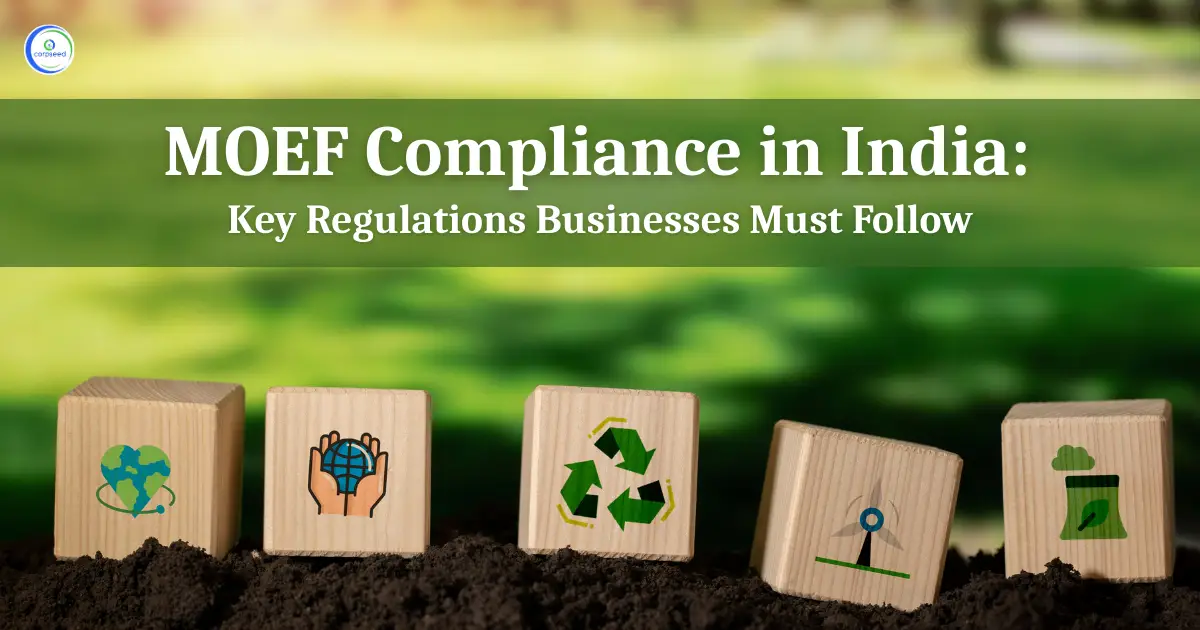
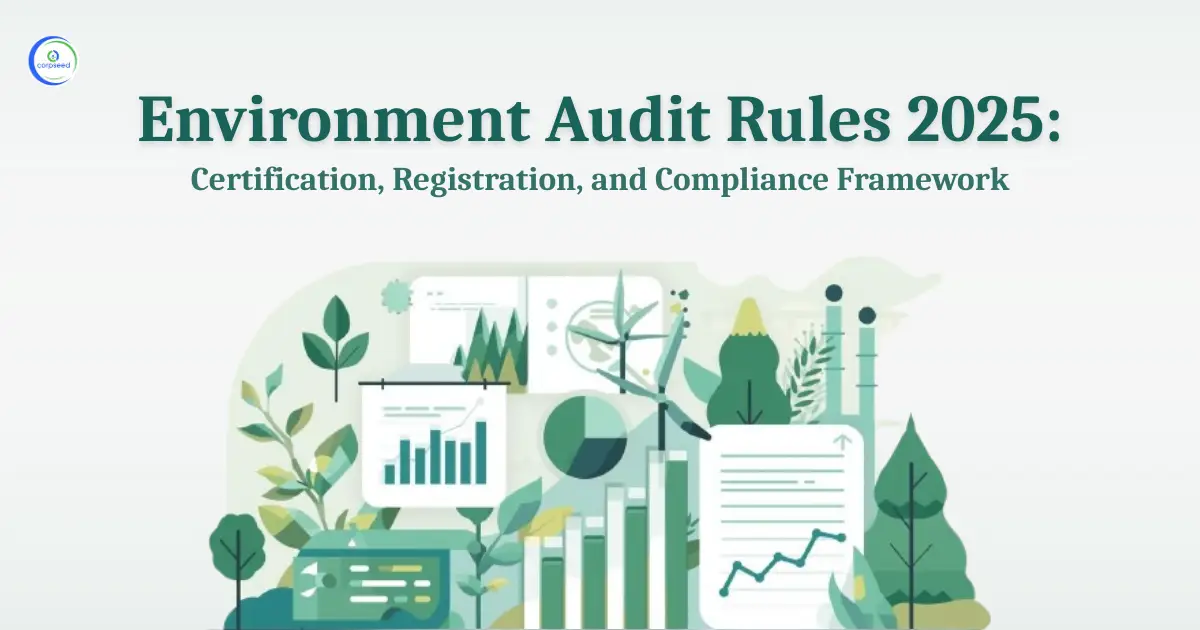
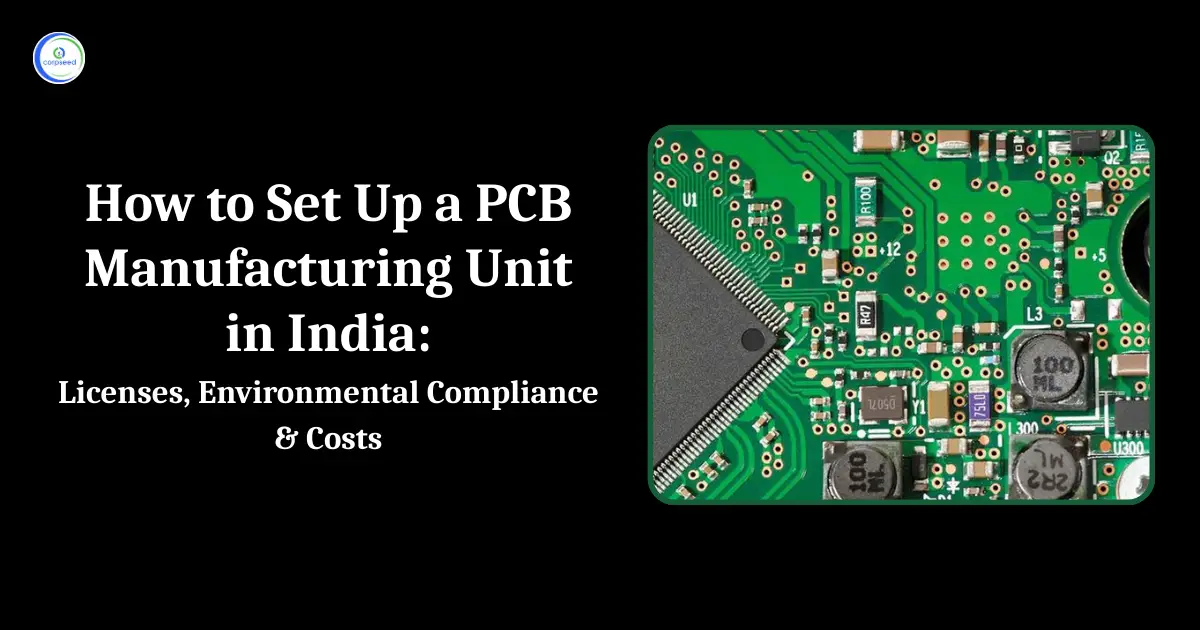
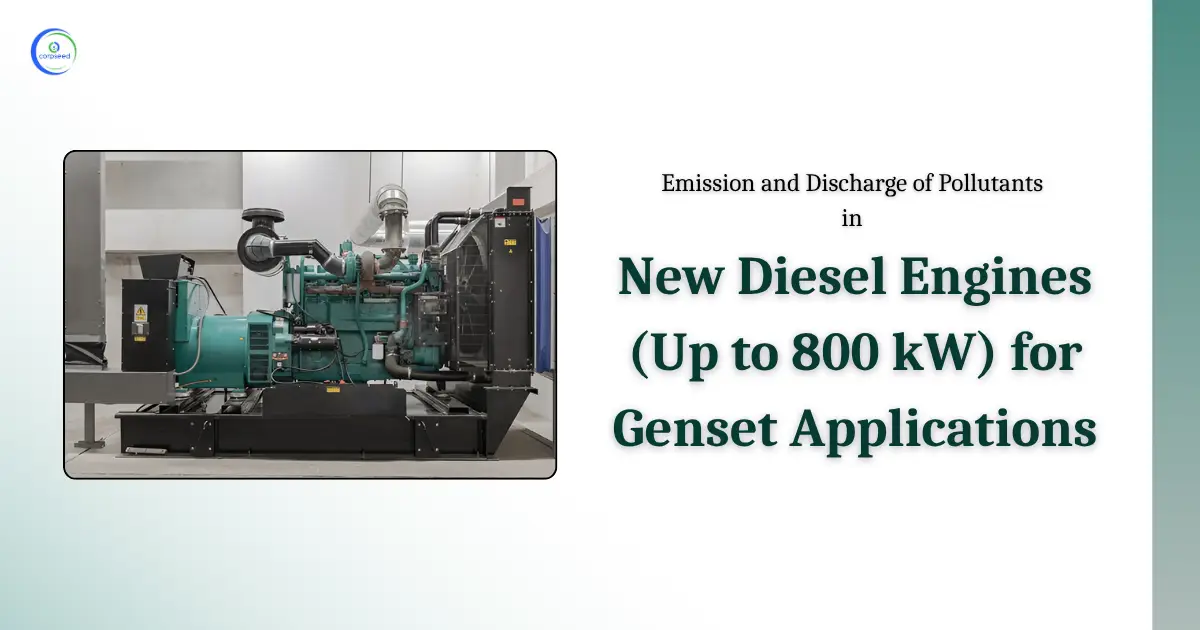
_Corpseed.webp)
.webp)
